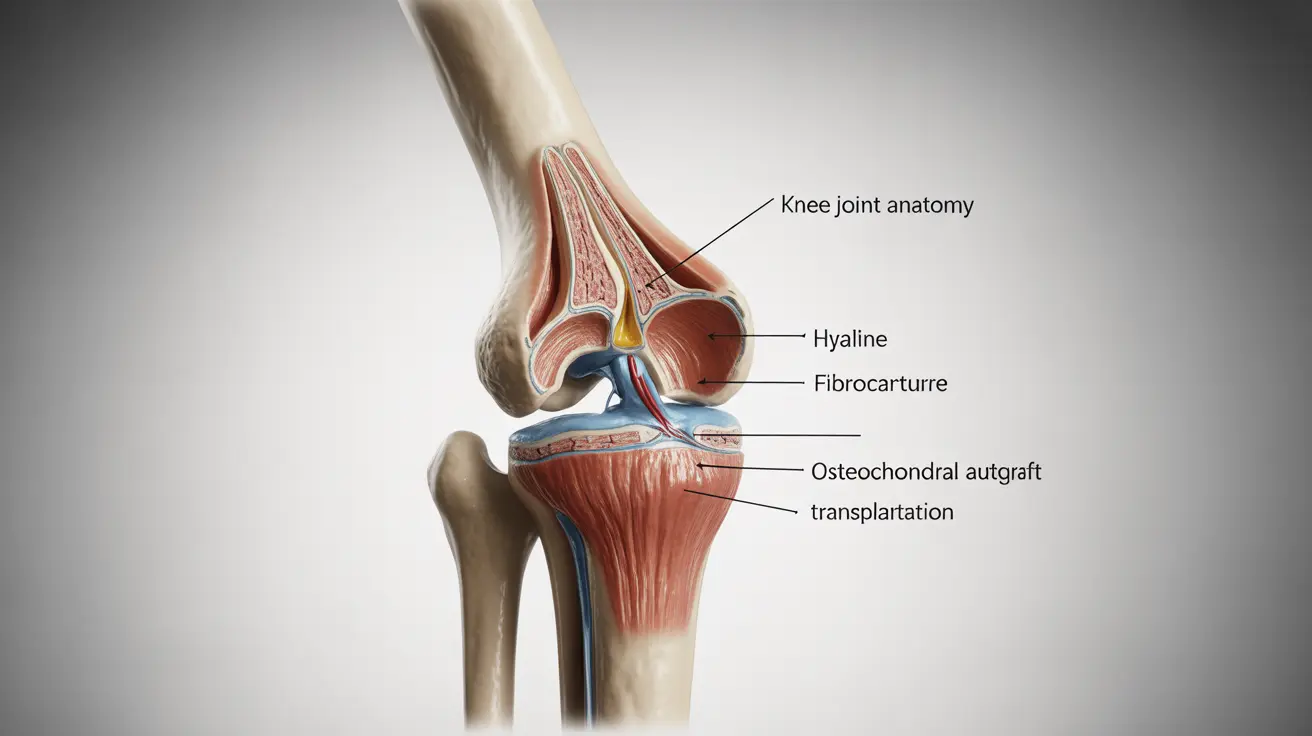Traditional blood test analysis has been a cornerstone of diagnostic medicine for decades. Utilizing routine blood tests, healthcare professionals gather essential data on various blood components. These tests facilitate the diagnosis of a broad spectrum of conditions, ranging from common ailments like anemia and infections to more severe and rare disorders, including various leukemias and other hematologic malignancies. Furthermore, blood tests play a crucial role in identifying rare diseases such as Gaucher’s disease, amyloidosis, and paraneoplastic syndromes, as well as detecting a diverse array of cancers, including pancreatic, ovarian, and neuroendocrine tumors. However, traditional methods often rely heavily on manual evaluation and interpretation by laboratory technicians and clinicians, which can be both time-consuming and susceptible to human error.
The advent of artificial intelligence (AI) in healthcare is poised to revolutionize this traditional landscape. AI technologies, particularly in the realm of machine learning and neural networks, have shown great promise in enhancing the precision, speed, and accuracy of medical diagnostics. By training AI models on vast datasets, these systems can identify patterns and anomalies in blood test results with unparalleled efficiency.
The benefits of AI in blood test analysis
The integration of artificial intelligence (AI) into blood test analysis is transforming the diagnostic landscape by enhancing precision, reducing human error, and increasing the speed and efficiency of obtaining results. AI technologies, particularly those focusing on machine learning and neural networks, are bringing remarkable advancements to the field of hematology.
One of the most significant benefits of AI is its ability to enhance precision and accuracy in blood cell analysis. According to Gemmo.ai, AI algorithms can meticulously analyze blood samples, identifying subtle patterns and anomalies that may be overlooked by human eyes. This leads to more accurate diagnoses and helps in detecting diseases at their earliest stages, thereby improving patient outcomes.
AI also plays a crucial role in reducing human error, which is inherent in traditional blood test analysis. As reported by Healthcare-in-Europe, AI systems can standardize and streamline the interpretation of blood test results, thereby minimizing variability and inaccuracies that may arise from manual processing. This reliability is particularly vital in critical cases where misdiagnosis can have severe consequences.
Moreover, the speed and efficiency of AI-driven blood test analysis are unparalleled. A study published in Frontiers in Medical Engineering highlights how AI can significantly reduce the time required to process and interpret blood tests. Traditional methods may take several hours to days, while AI algorithms can deliver comprehensive results in a fraction of that time. This rapid turnaround is essential for prompt medical intervention, allowing healthcare providers to make informed decisions quickly.
The science behind AI algorithms
The integration of artificial intelligence (AI) into blood test analysis hinges on the robust science behind machine learning (ML) algorithms. These advanced computational models are meticulously trained to analyze vast datasets to provide accurate and meaningful interpretations of blood tests.
Training machine learning models involves feeding them extensive datasets containing various blood test results, including normal and abnormal samples. According to a study published on ResearchGate, these datasets are essential for the AI to learn the intricate patterns and relationships among different blood components. Machine learning models use a process called ‘training’ where they repeatedly analyze data, adjusting their algorithms to improve accuracy progressively. This iterative process helps the models to identify subtle anomalies and correlations within the data, allowing them to make precise diagnostic predictions.
Specific algorithms used in blood analysis include neural networks and decision trees. Neural networks, inspired by the human brain’s structure, consist of interconnected nodes (neurons) that work together to process and analyze data. These networks are particularly effective for recognizing complex patterns and making nuanced predictions. Decision trees, on the other hand, classify data through a tree-like model of decisions, enabling straightforward interpretation of the analysis. Each branch of the tree represents a choice between different blood test parameters, leading to a final diagnostic conclusion.
Both neural networks and decision trees have distinct advantages. Neural networks can handle large, complex datasets and provide high accuracy in pattern recognition, while decision trees offer greater transparency in how conclusions are reached, making them easier to understand for clinicians.
Underpinning these algorithms is the principle of continuous learning. As more data becomes available and new diagnostic insights emerge, these AI models are continuously updated and refined, ensuring that their performance improves over time. This dynamic learning capability is essential for maintaining the relevance and accuracy of AI-driven blood test analysis, ultimately contributing to better patient outcomes and advancing the field of medical diagnostics.
Real life applications of AI in blood test interpretation
The real-world applications of artificial intelligence (AI) in blood test interpretation are rapidly expanding, providing remarkable advancements in diagnostic capabilities. Leveraging complex algorithms and extensive datasets, AI systems are proving instrumental in identifying diseases more quickly and accurately than traditional methods.
One compelling example is the use of AI in diagnosing blood disorders and early detection of cancers. For instance, certain AI algorithms have been designed to detect markers of leukemia by analyzing routine blood test results, identifying abnormal white blood cell counts and atypical cell morphologies with high precision. These innovations enable earlier and more accurate diagnoses, which are critical for effective treatment.
A notable study published in Frontiers in Medical Engineering demonstrated AI’s efficiency in identifying bacterial and viral infections through blood tests. The research highlighted how AI algorithms could discern between the two causes of infection with greater accuracy than conventional methods, which often depend on multiple tests and can be time-consuming.
Another practical application is illustrated by GetLabTest.com, a platform that utilizes AI to interpret blood test results. By integrating advanced AI mechanisms and doctor validation, GetLabTest.com offers users quick access to their results with comprehensive interpretations. This platform exemplifies the convenience and potential of AI in democratizing access to advanced healthcare tools, making sophisticated diagnostics available to the general public at the click of a button.
Future prospects and innovations
The future prospects and innovations in AI and blood testing promise to push the boundaries of medical diagnostics even further. Emerging trends highlight the incredible potential of AI to not only improve the accuracy of blood tests but also revolutionize how we approach healthcare as a whole.
According to a report from the University of Cambridge, AI is progressively unlocking new potentials in blood testing by integrating advanced data analytics and machine learning algorithms. These advancements are poised to enhance diagnostic accuracy by providing deeper insights into blood test results, identifying patterns that may not be evident through traditional methods.
One of the exciting innovations on the horizon is the development of AI models capable of integrating data from multiple sources, such as genetic information, lifestyle factors, and medical history, to provide a holistic view of a patient’s health. These multi-dimensional analyses can offer early warnings for diseases such as diabetes, cardiovascular conditions, and certain cancers, allowing for timely and tailored intervention strategies.
Another promising trend is the application of continuous learning in AI systems. As these AI models are exposed to an increasing volume of data and diverse blood test results, they continuously update and refine their algorithms, thereby improving their diagnostic accuracy over time. This means that AI-driven blood tests of the future will become progressively more reliable, enhancing their utility in clinical settings.
Additionally, advancements in AI technology are fostering the development of portable and user-friendly diagnostic devices. These innovations could enable point-of-care testing, where individuals can obtain rapid blood test results at home or in remote areas, vastly improving access to medical diagnostics.
The continuous evolution of AI technology also supports the creation of more personalized healthcare plans. By analyzing individual blood test data against large datasets, AI can recommend personalized interventions, dietary changes, and lifestyle modifications that are specifically tailored to each person’s unique health profile.
The future of AI in blood testing is filled with promising innovations that carry the potential to revolutionize medical diagnostics. Through continuous learning and advanced integrations, AI will not only improve the accuracy and efficiency of blood tests but will also pave the way for more personalized, accessible, and proactive healthcare.
Also featured in: TechBullion




